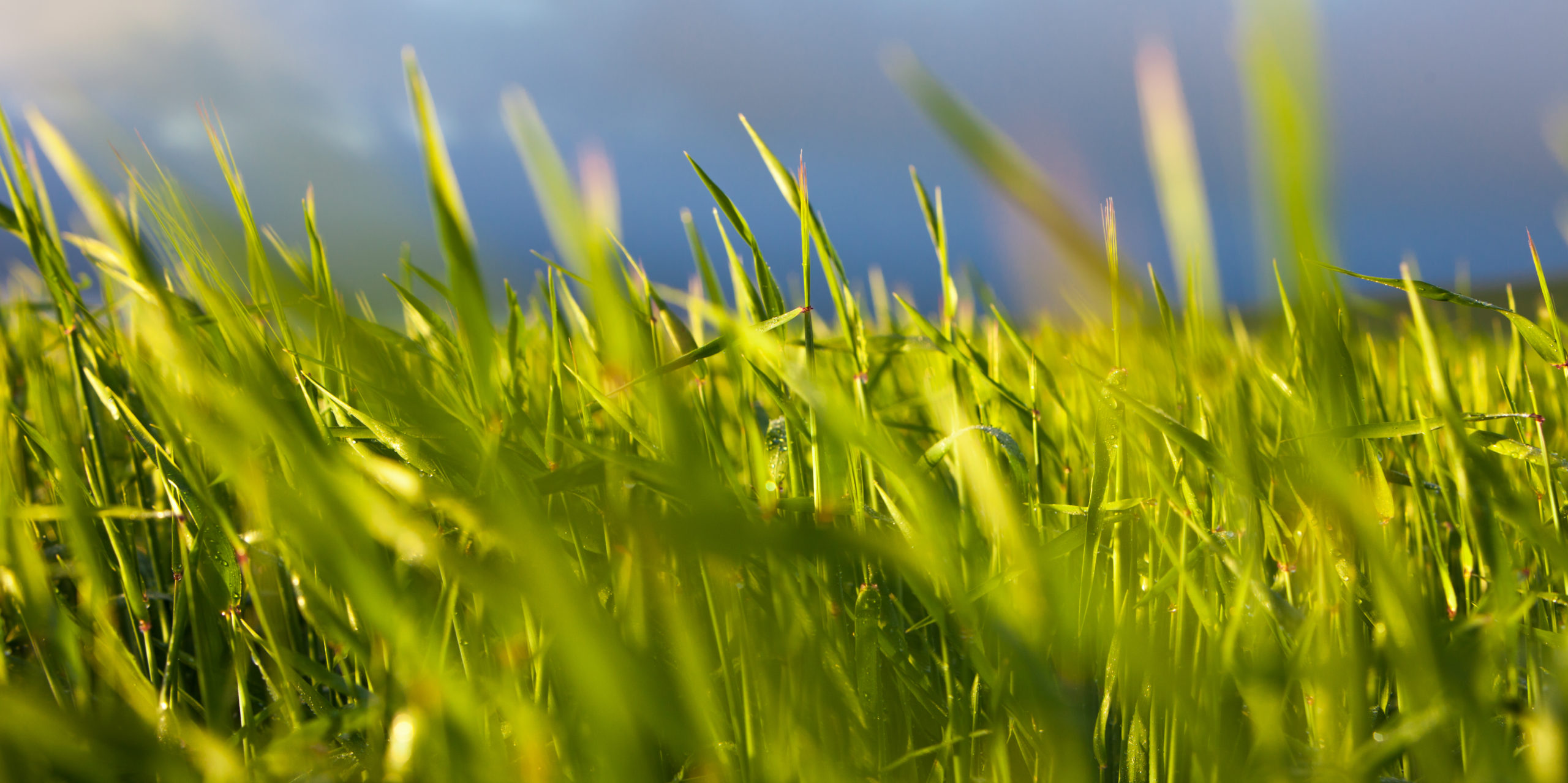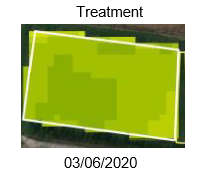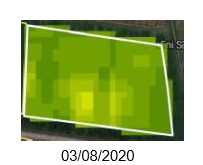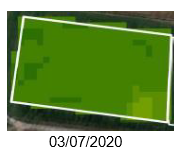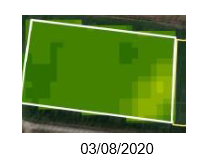Currently, many farmers around the whole world need to use supplements with their livestock (vitamins, proteins, etc) to achieve the correct nutritional balance and obtained profitable production values, whether milk or meat.
These farmers, who their main activity is livestock production, also have some piece of land where they cultivate different kinds of crops to feed their animals (alfalfa, corn, wheat, etc); it contributes to reduce the cost in animal feed. This activity usually has a low investment, seeds and one or two applications maximum, herbicide and fungicide so the results in terms of production and quality are low.
After two years testing the application of biostimulants in fodder crops, we have showed that there is not only an increment in quantitative parameters (final yield, grains, etc), there is an important difference in qualitative parameters like digestibility, starch, protein content… Furthermore, a reduction of mycotoxins has been observed.
To sum up, this means saving in feed costs and improving the health of our crops and animals which is translate in a better livestock production and better profitability for farmers.
Based on the results obtained, we can highlight that Tecamin Max:
Improves the vegetative development and increases vigour, which consequently increases the size of the plant and the final yield, both in silage and in grain.
Vegetation index (NDVI):
What does the NDVI give us? The NDVI helps to differentiate vegetation from other types of land cover and determine its general condition. It also allows you to define and visualize areas with vegetation on the map, as well as detect abnormal changes in the growth process.
In the following images we can see how the vegetation increases with the Tecamin Max applications, only one month apart with the NDVI images. This indicates a change in the vegetation index increasing the leaf area.:

